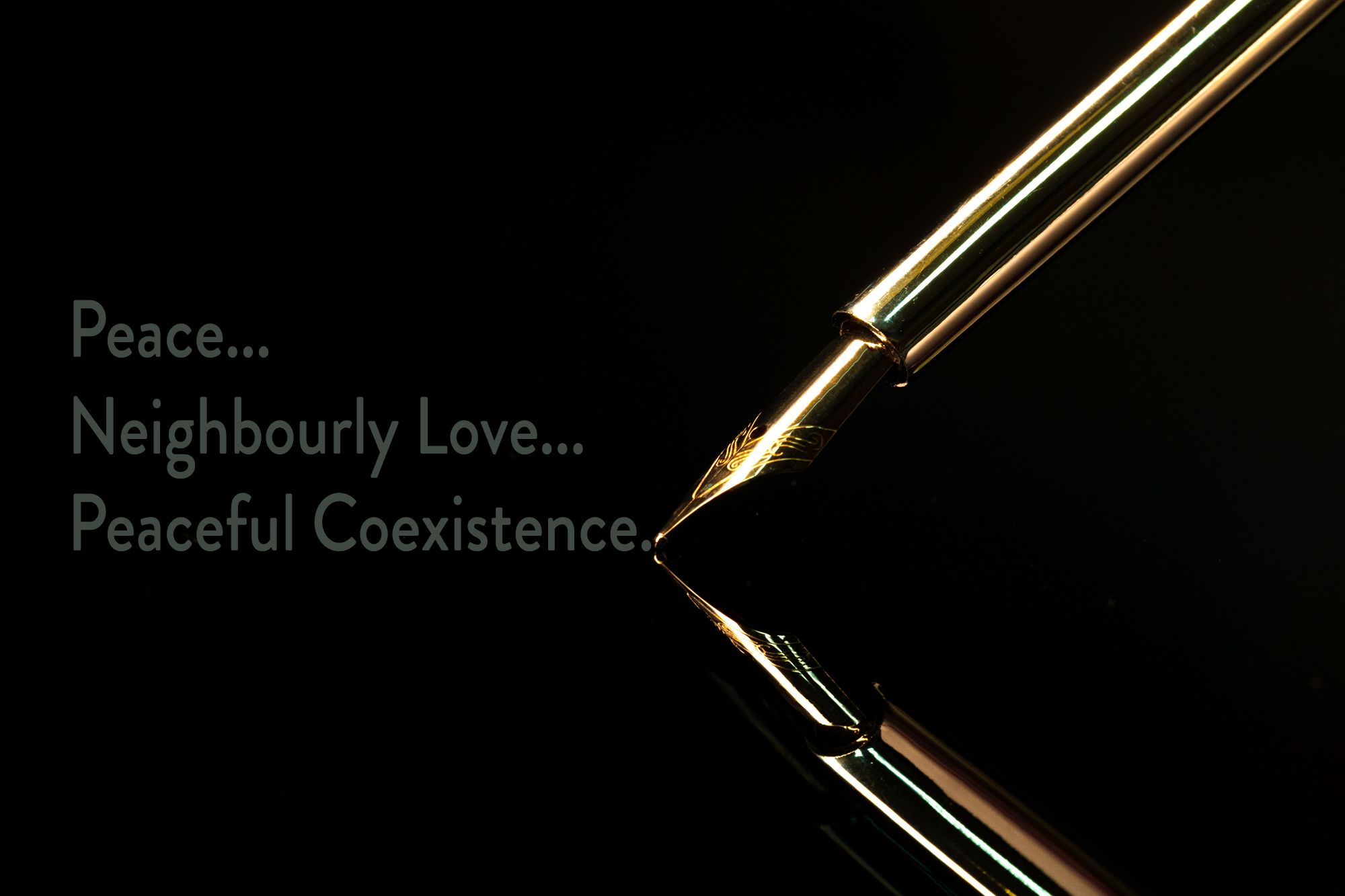
“You just don’t understand!” – That’s the title of a book by a famous social sciences researcher. She writes in a manner everyone can understand about the difficulties that can arise when men and women talk to each other. It’s focused on the US-American, that is, to some extend Western society and culture.
Most of us know how different and thus difficult to understand the approaches and outlook on life can be between the sexes.
Even more so, when there are similar ideas around, living and working together, where expectations are yet different in detail.
The outlook, the perspective on life, and other people can be a crucial key to understanding each other.
There are people with a quiet and withdrawn everyday behaviour. Who think for themselves, take longer to finally speak about their thoughts; or exchange ideas.
Others rather like to talk soon to someone of like mind.
‘Like mind’: Wonderful words, in some ways.
The person who understands us without any drama or long discussions. Makes us feel welcome and at ease. Accepted. Because we understand each other easily, due to similar outlooks.
Like minds.
There is yet another very interesting and yet basic difference in communication between so called high-context and low-context cultures:
-
- “High-context” means not so much a measure of better quality – it means that in order to properly understand what is said you have to know body language.
The non-verbal messages that come with the words, the talk. - “Low-context” too, is not a measure of lower quality – it means that almost exclusively words are regarded as the whole ‘message’ of the speaker. Facial expression or gestures are almost not taken into account. At least, not knowingly.
- “High-context” means not so much a measure of better quality – it means that in order to properly understand what is said you have to know body language.
I have seen both: People who register every tone of voice or the lifting of an eyebrow in order to ‘decode’ the message.
And those who don’t. At all.
I also know how easily we all are mistaken in judging others: The famous story of the man with the hammer by Paul Watzlawick, a leading figure in communication studies, in his even more famous book: “The situation is hopeless but not serious” is ample proof of that way we all have at times to interpret others – willy nilly:
The man decides he needs to lend a hammer from his neighbour, thinks a while, remembers all kinds of apparent recent snides and strange looks, concluding a grudge, the other is harbouring against him – when he eventually reaches the door of the neighbour’s house, rings and the neighbour opens, screams to his face:
“You can well keep your hammer to yourself!”
Things can become more subtle than that, though: When we live in a close-knit community with some strict ideas on how to behave – it can happen that we become intolerant towards others.
A wonderful concept that can help a lot to more peace and peaceful coexistence:
“Tolerance”: “willingness to accept behaviour and beliefs that are different from your own, although you might not agree with or approve of them” (Cambridge Dict., online version)
What can make tolerance so difficult is the fact that we so often are raised with the silent premise of: “if you are not for you are against me” – The unspoken effect inside being even a (temporarily) shaky self-confidence:
We look for someone to confirm our uneasiness, or our hurt feelings. To feel we are not wrong. But right, in feeling insulted or even hurt.
This ‘comes with the territory’: Many of us get a basic idea of ‘right and wrong’, sometimes strict parents or elders raising us with those ideas. And no explanations of – or more subtle views on – the how and the why.
Or the even less-easy-to-grab concept of being right – and the other person being right too… in their view of a situation.
That we will not lose a point or our position, our dignity, ‘face’, when we acknowledge the other’s perspective to be understandable.
But, that is the starting point of more peace and understanding:
Practicing tolerance.
Starting to learn about perspectives and (apart from legal or ethical considerations) about diversity of beliefs, outlooks – points of view.
And still retain our sense of self-esteem.
